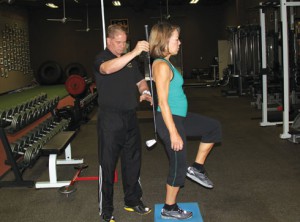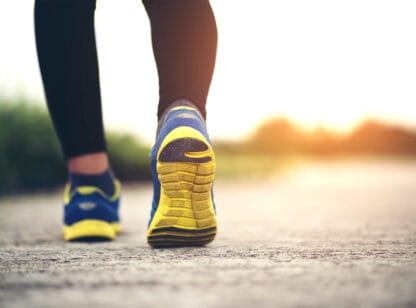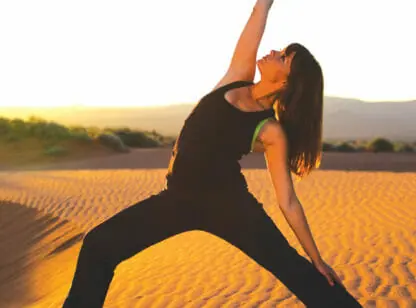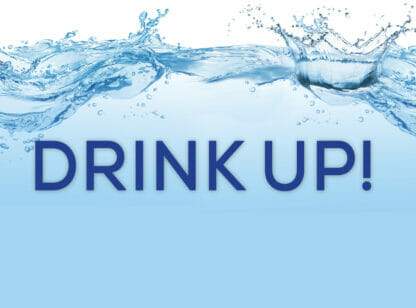 Golf is a billion dollar industry. It is the fastest growing sport with very expensive equipment. The average golfer will practice or play 4 days a week, and spend several hours watching golf shows, videos and reading books to hit the ball a few extra yards. To further enhance their play, golfers spend $1500-$2500 annually on clubs, irons, putters, shoes, balls and related golf accessories.
Golf is a billion dollar industry. It is the fastest growing sport with very expensive equipment. The average golfer will practice or play 4 days a week, and spend several hours watching golf shows, videos and reading books to hit the ball a few extra yards. To further enhance their play, golfers spend $1500-$2500 annually on clubs, irons, putters, shoes, balls and related golf accessories.
Yet the most important playing tool–a golfer’s body–goes largely ignored. Let’s face it–if you can’t rotate your torso, manage your swing plane or bend over without losing your balance, all of the equipment, lessons, books and videos are not going to help. It was just a few years ago that we heard about golfers hitting the gyms, getting massages and embracing yoga to become more flexible. Most pro golfers now have a fitness trainer who designs a workout program specifically for that individual.
Even with this heightened awareness of fitness, over time the body breaks down, and injuries will follow. Golf is a repetitious game, and many of the injuries that I see are overuse or trauma related. In this article we are discussing the most common golf injuries and then how to treat them.
Let’s first look at the address position. Most golfers in my practice bend from the lower back and not from their hips. This is usually a result of poor posture and bad habits developed over time (since most of us have desk jobs). Sometimes golfers are so tight in the hips that they have developed a poor movement pattern because their lower back is weak. Back injuries are number one on the list. If you aren’t bending correctly then you cannot rotate properly which in turn will cause the body to slide or do a reverse pivot and may lead to back problems.
THE FIX: An effective exercise is to place a 7 iron behind your back and place it on your spine, then as you bend forward don’t allow the iron to leave your spine. Also think about bending at the hips by pushing your bottom out and away from you.
The next phase is the backswing. Most people who can’t address the ball with good posture will tend to come out of their swing plane in order to get the club back far enough behind them. With reduced range of motion in the shoulders and hips, the golfer will then slide or do a reverse pivot because they can’t rotate.
THE FIX: Stretching the hips, neck, shoulders and spine regularly is important. If you don’t know where to start find a good golf instructor for your swing and a neuromuscular therapist who can work on your body.
The next phase is impact between golf club and ball. The wrist and elbow are usually involved in the impact motion. Early extension, leading with the arms and sliding can all occur, resulting in overuse of the wrist and elbows. Tendonitis (golfer’s elbow), tenosynovitis (usually involving the tendon sheath of the thumb) and sprains to the wrist (ligament damage) are common symptoms of overuse.
THE FIX: Prevention of these injuries means working on your swing plane, flexibility and strengthening of the grip. Treatment involves working with a physical therapist or practitioner who understands golf biomechanics.
Follow through or “finish” is the last phase of motion. Your finish is the result of your backswing. It mirrors what you have previously done with your club or iron. Many people who don’t finish to the target usually aren’t rotating enough. They will get to a certain point, and because of physical limitations or technique, end up extending their spine backwards onto their back leg. This can result in a spinal condition called stenosis which is a narrowing of the spinal cord (common in golfers over 55). Inability to stand in one place and bend backwards or even having a tough time walking, are possible signs of stenosis. Other problems like the club finishing over the shoulder, flipping the club, or decelerating or stopping the swing, are indications of a physical issue usually involving the neck, back or hips.
THE FIX: Working on your flexibility and technique are crucial if you are experiencing these problems. If you feel tingling down your leg (sometimes referred to as sciatica), see your physician.
The bottom line–start taking better care of your body. If you are experiencing pain, either during or after golf, see your physician. If you are tight and can’t rotate, or you can’t complete rounds due to exhaustion, then it’s time to see a good golf fitness professional. Think about getting regular massages or trying yoga or Pilates. These are just a few suggestions. Now that I have your attention, get back on course by treating your body as your best piece of expensive equipment. It will maximize your rewards on and off the course!
Please see your physician before starting any exercise program.
Michael K Butler B.A.;P.T.A.;CSCS*D;RSCC*D;NMT;PES is co-owner of Kinetix Health and Performance Center in Palm Desert. He holds many National Certifications with Distinction in the field of strength and conditioning, he is also a full body Active Release Practitioner and is a TPI and C.H.E.K golf biomechanic specialist. You can catch him on KXPS 1010 radio as he talks about fitness. He can be reached at 760-200-1719, or at [email protected]. You can also go to kinetixcenter.com for more info.













































Comments (0)